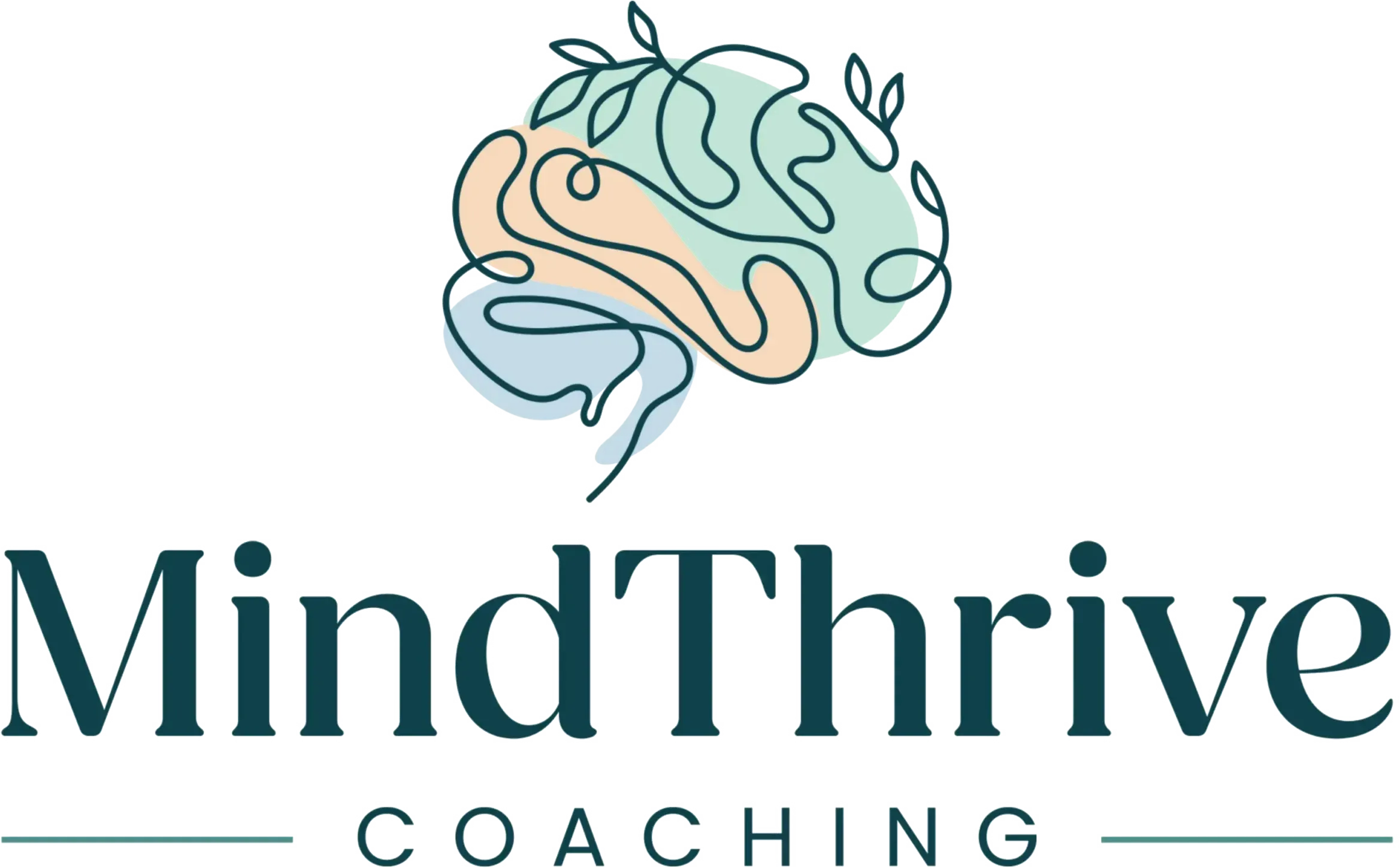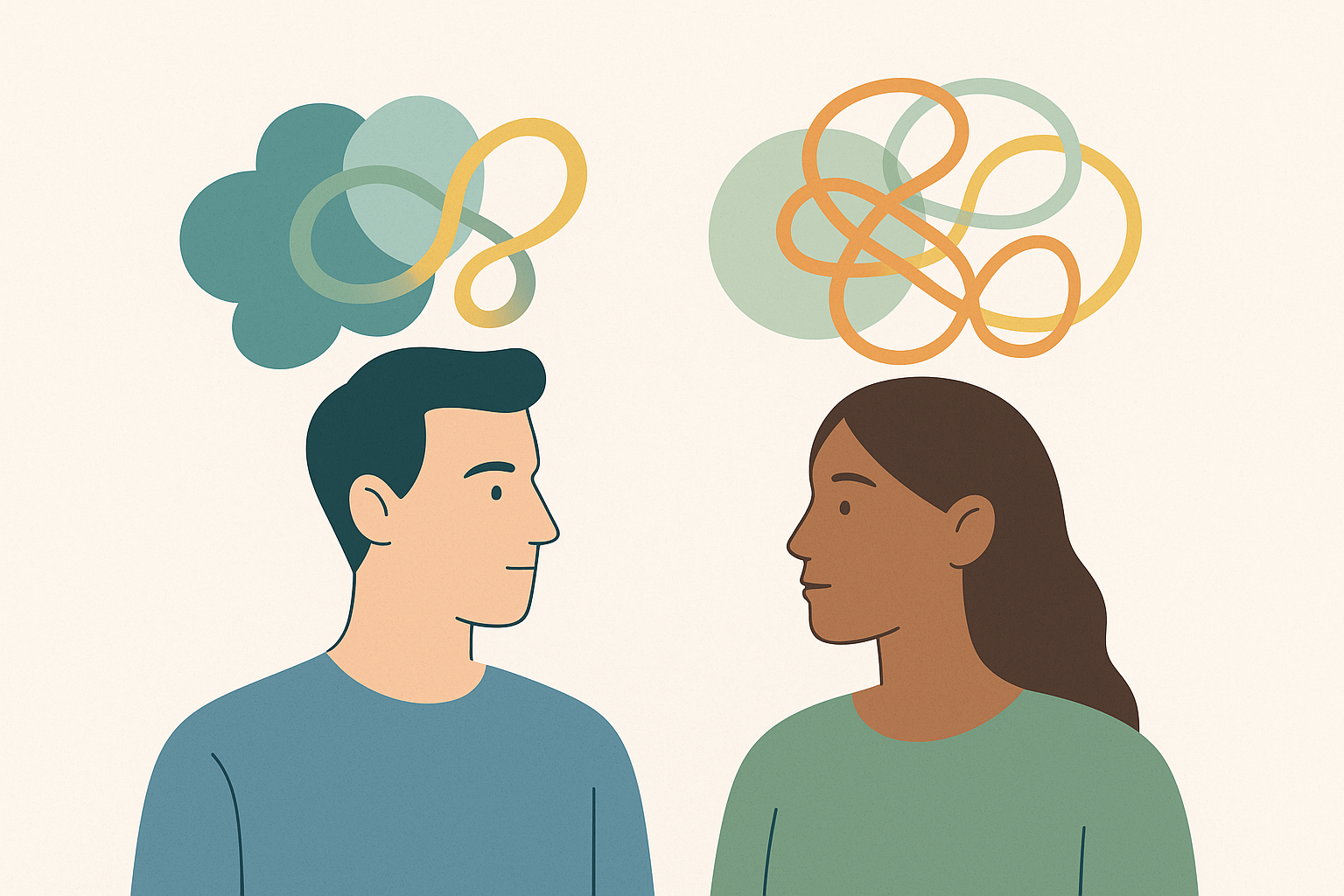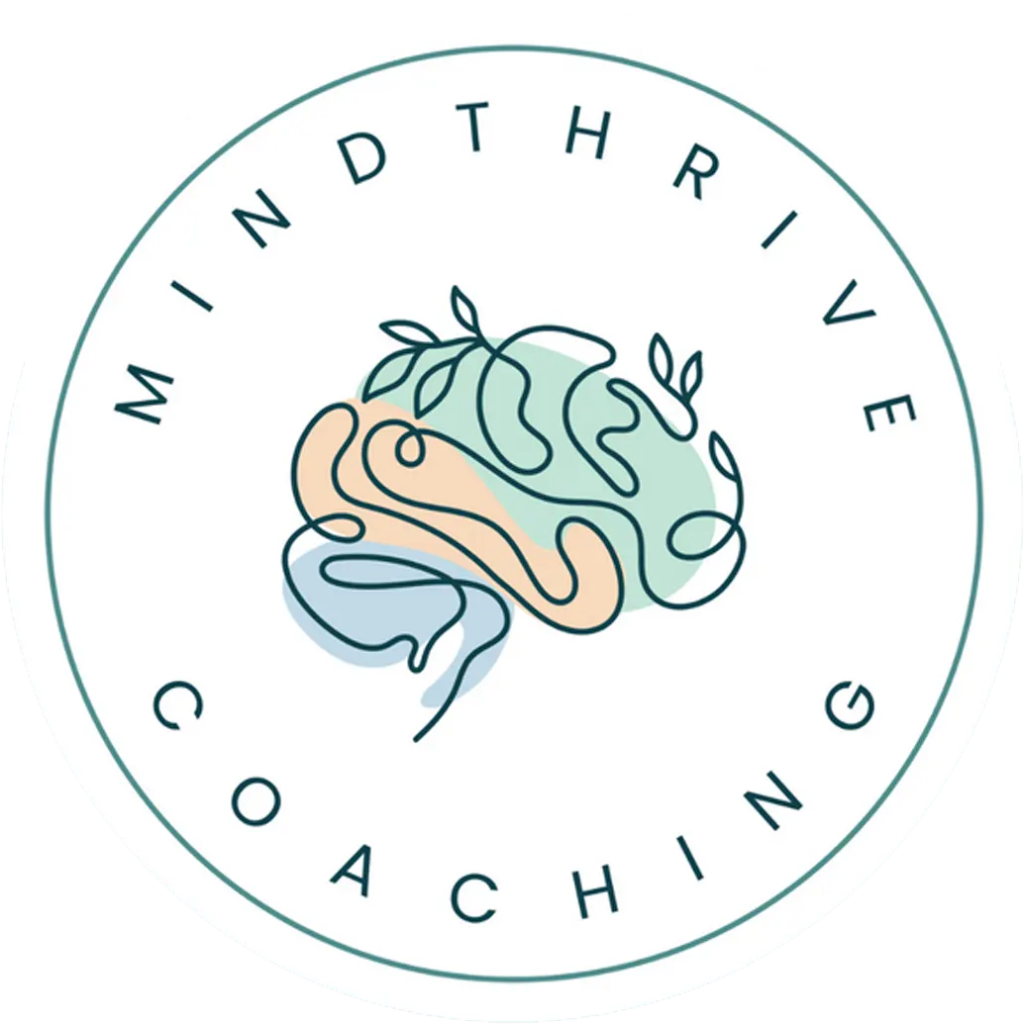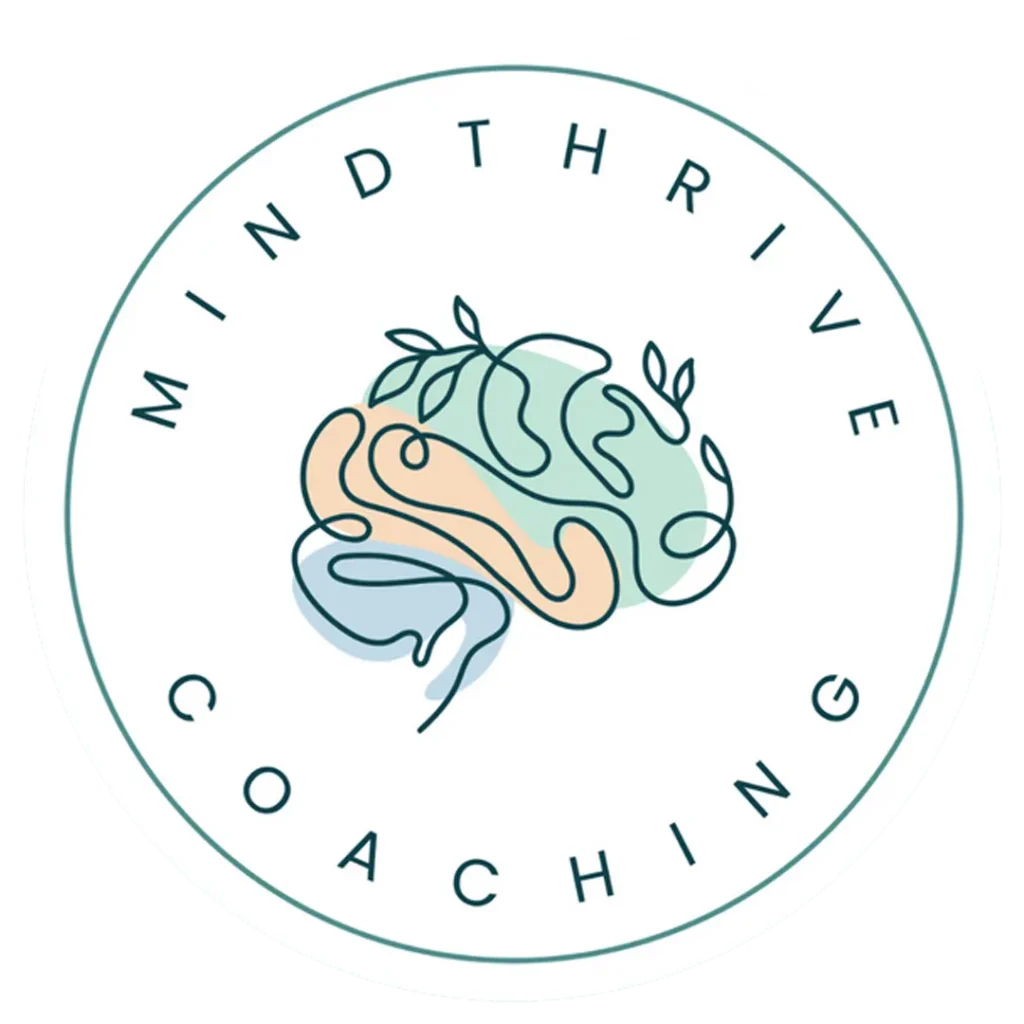Why One Term Rarely Tells the Whole Story
Often when people hear the word “neurodivergent,” they picture a single trait: autism, ADHD, dyslexia, or something else they’ve read a quick headline about. But for many of us, it’s not just one thing. In fact, it rarely is.
Neurodivergent traits can exist on their own, or they can overlap and interact in ways that are complex and highly individual. These patterns don’t fit neatly into categories, and our understanding of them is still evolving. What matters is recognizing that neurodiversity isn’t linear, and it isn’t siloed.
Take me, for example. I’m not just a person with ADHD, I’m also autistic. On top of that, I have dyscalculia, which affects how I process numbers, and dyspraxia, which impacts motor planning and coordination. That’s a lot of overlapping traits, each with its own strengths and challenges. And this kind of mix isn’t rare.”
Some people refer to this as being multiply neurodivergent. Others use the more playful term neurospicy. Either way, it describes something real and important: we don’t fit neatly into boxes. And we don’t come with just one “user manual.”
The Messiness Is the Point
Understanding our own neurodivergent makeup can feel messy at first, especially when we don’t see ourselves reflected in the usual checklists. But that messiness is part of the truth. Traits interact. They blur together. What looks like “inconsistency” to others often has a pattern, just not a linear one. Recognizing that complexity is where clarity begins, not where it ends.
Overlap Happens More Than You Might Think
Here are a few examples based on recent data:
Autism + ADHD: Around 50 to 70 percent of autistic individuals also meet criteria for ADHD, according to a meta-analysis published in Frontiers in Psychiatry (source, National Library of Medicine).
ADHD + Dyslexia: Around 25 to 40 percent of individuals with dyslexia also have ADHD, and vice versa, indicating frequent but often unrecognized overlap ( Source Medical News Today).
Autism + Dyspraxia: Adults with autism are significantly more likely to report a dyspraxia diagnosis, with motor coordination challenges occurring at a much higher rate than in neurotypical adults (source, Molecular Autism).
These numbers vary depending on the study, but the trend is consistent: single-condition thinking leaves too much out. Many of us live in the overlap, and our experiences reflect that.
Why It Matters in Life
When someone lives with more than one neurodivergent identity, everyday experiences can feel complex in ways others don’t always see. Strengths can build on each other. So can challenges.
- They might be incredibly perceptive, noticing details others miss.
- They might also struggle with time, coordination, or mental energy.
- Planning a day, managing transitions, or keeping up with social expectations can take a lot out of them, even when things are technically going well.
- What works in one situation may not work in the next.
A noisy grocery store after a long meeting might wipe someone out, even if both situations were manageable on their own. That’s not a flaw. It’s just how overlapping traits can show up in real life.
Understanding one’s own pattern, and building in space for rest, rhythm, and recharging, isn’t optional. It’s how someone creates a life that actually works for their brain.
Why It Matters at Work
These same patterns show up at work too, but they’re often misunderstood. When someone is multiply neurodivergent, their cognitive profile is rarely “even.” It is often described as spiky, with exceptional strengths in some areas, paired with friction in others.
- Someone who is both autistic and ADHD might combine deep pattern recognition with rapid idea generation.
- That same person might be managing executive function fatigue, sensory overload, or inconsistent focus.
- Their performance might be excellent one day and slower the next.
That’s not a lack of professionalism or effort. It’s a reflection of how their brain works across multiple variables.
Rigid systems that expect sameness and predictability are a poor fit. On the other hand, clear goals, flexible workflows, quiet spaces, and outcome-based expectations can make a huge difference. They don’t just support one label or diagnosis, they support the person as a whole.
Everyday Navigation Looks Different
That’s why two people with similar traits might move through the world very differently. One might use rigid structure to manage energy. Another might need constant novelty to stay engaged. Neither is doing it wrong. They’re simply working with different internal landscapes. The more we normalize this range, the easier it becomes to make room for it – in ourselves and in others. Understanding one’s own pattern, and building in space for rest, rhythm, and recharging, isn’t optional. It’s how someone creates a life that actually works for their brain.
An Invitation to Widen the Lens
When we widen our lens to include the full spectrum of neurodivergence — not just individual traits — we start to see more clearly. We begin to ask better questions, offer more meaningful options, and build systems that aren’t just accessible on paper but actually usable in practice. That shift doesn’t just benefit one group. It makes things better for everyone.
Things to Reflect On
- Are some of your strongest abilities rooted in more than one part of how your brain works?
- Where do you notice patterns of burnout or friction-and could overlapping traits be part of the reason?
- If you lead others, how might you shift from diagnosis-based accommodations to asking, “What helps you do your best work?”
Coming Soon: A New Blog Series
This post kicks off a short series I’ll be sharing over the next few weeks. Each one will focus on a different neurodivergent identity, such as ADHD, Autism, Dyspraxia, OCD, Tourette’s, and more. I’ll share practical insights to support better understanding and more informed support for others.
A Call to Learn Together
Understanding what it means to be neurodivergent is an ongoing journey. It is a process of unlearning the stories that tell us we’re too much, not enough, or in need of fixing, and replacing them with the truth: We are part of the natural diversity of the human experience.
If you’re curious to learn more about your own neurodivergence, support your team in becoming more inclusive, or explore how to thrive as your authentic self, I’m here to help.
I offer 1:1 coaching for neurodivergent adults, consulting for organizations, and support for parents of neurodivergent individuals. I also offer training and speaking for groups looking to build practical understanding of neurodiversity in the workplace and beyond.
Let’s continue learning and growing together.
Book a free 30-minute discovery call HERE or visit MindThrive Coaching to learn more.
Difference, not deficit. Complexity, not confusion. The more we understand the full spectrum of neurodivergence, the better we can all show up – for ourselves, and for each other.



